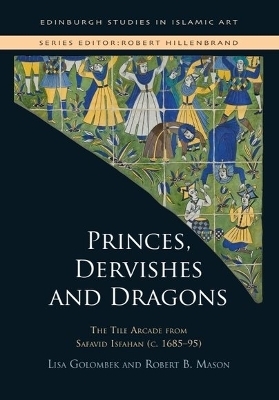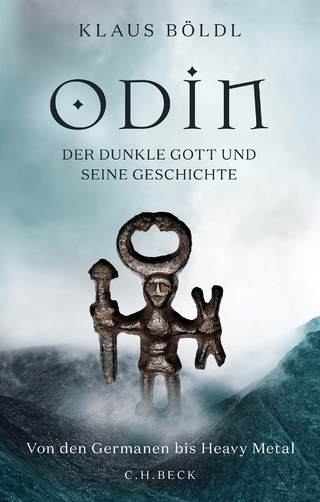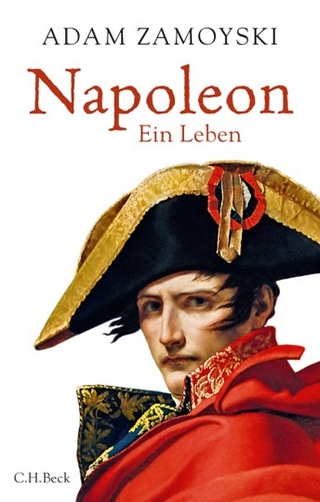
Princes, Dervishes and Dragons
The Tile Arcade from Safavid Isfahan (c. 168595)
Seiten
2025
Edinburgh University Press (Verlag)
978-1-3995-3869-5 (ISBN)
Edinburgh University Press (Verlag)
978-1-3995-3869-5 (ISBN)
- Noch nicht erschienen (ca. März 2025)
- Versandkostenfrei innerhalb Deutschlands
- Auch auf Rechnung
- Verfügbarkeit in der Filiale vor Ort prüfen
- Artikel merken
Assembled digitally from worldwide collections, this Arcade of 36 colourful tile panels exposes for the first time religious themes as well as more traditional themes for architectural decoration, and adds a new work to the canon of seventeenth-century Persian art.
Toward the end of the nineteenth century much of Iran's architectural heritage gave way to urban development. Among the casualties were the seventeenth-century Safavid palaces of Isfahan. Local dealers salvaged a series of astonishingly beautiful pictorial arch-shaped panels composed of cuerda seca tiles from one of these. Beginning in 1911 whole panels and many single tiles were sold through Hagop Kevorkian. The authors have assembled (digitally) 36 friezes once part of this set.
The iconographic program consisted of three themes: secular pastimes (picnics, hunt, games), Persian literary episodes, and religious festivals (e.g., the Ashura). The first two themes have a long history in Iranian mural painting, but the third was new and will be of interest to cultural historians. The friezes are stylistically datable to c. 1685-95. One clue to the identity of the original site is the duplication of almost all the friezes. The authors deduce that the scenes were paired across a courtyard and suggest three possible sites. Fully assembled, the suite emerges as a hitherto unknown, outstanding creation that should be added to the canon of Safavid art.
Toward the end of the nineteenth century much of Iran's architectural heritage gave way to urban development. Among the casualties were the seventeenth-century Safavid palaces of Isfahan. Local dealers salvaged a series of astonishingly beautiful pictorial arch-shaped panels composed of cuerda seca tiles from one of these. Beginning in 1911 whole panels and many single tiles were sold through Hagop Kevorkian. The authors have assembled (digitally) 36 friezes once part of this set.
The iconographic program consisted of three themes: secular pastimes (picnics, hunt, games), Persian literary episodes, and religious festivals (e.g., the Ashura). The first two themes have a long history in Iranian mural painting, but the third was new and will be of interest to cultural historians. The friezes are stylistically datable to c. 1685-95. One clue to the identity of the original site is the duplication of almost all the friezes. The authors deduce that the scenes were paired across a courtyard and suggest three possible sites. Fully assembled, the suite emerges as a hitherto unknown, outstanding creation that should be added to the canon of Safavid art.
| Erscheint lt. Verlag | 31.3.2025 |
|---|---|
| Zusatzinfo | 237 illustrations (231 colour images, 2 colour maps and 4 tables) |
| Verlagsort | Edinburgh |
| Sprache | englisch |
| Maße | 170 x 244 mm |
| Themenwelt | Kunst / Musik / Theater ► Kunstgeschichte / Kunststile |
| Geisteswissenschaften ► Geschichte ► Regional- / Ländergeschichte | |
| Technik ► Architektur | |
| ISBN-10 | 1-3995-3869-1 / 1399538691 |
| ISBN-13 | 978-1-3995-3869-5 / 9781399538695 |
| Zustand | Neuware |
| Informationen gemäß Produktsicherheitsverordnung (GPSR) | |
| Haben Sie eine Frage zum Produkt? |


